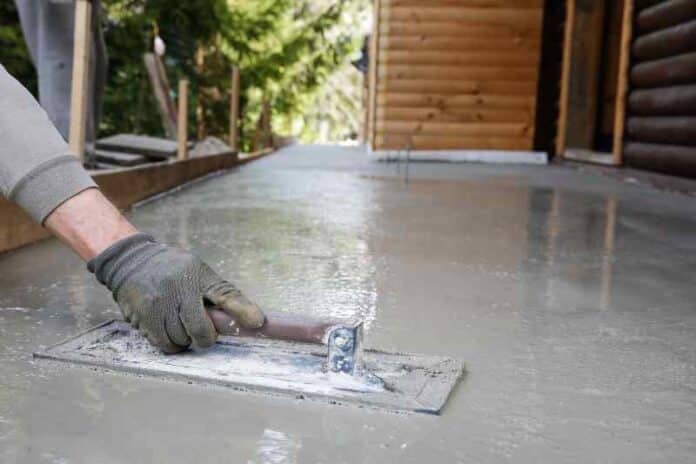
Epoxy and resin tables have been growing steadily in popularity over the last few years, with an expected market cap of over 10.3 billion in 2027.
But what exactly are epoxy and resin?
Resin and epoxy are both standard adhesives used in the building sector. They are also known as plastic adhesives and join plastics, glass, and metals. They are utilized for artistic assembly, maintenance and repair, building, creating, and manufacturing and engineering.
Some resins need thin pours, while others necessitate extensive cure periods. Do you know pouring a thin pour coated epoxy too thick can accelerate reaction? It may cause the epoxy to split, yellow, or fish eye.
If you’re new to woodworking, you may also become perplexed when you hear the phrases “epoxy guide” and “resin guide,” as they do not always appear to be synonymous. Is there a distinction between epoxy vs resin? Read on to find out.
What’s the Difference – Epoxy vs Resin?
What is epoxy? “Epoxy” is a two-part resin. The most frequent type of resin used for manufacturing and making art with resin is epoxy resin.
Epoxy resins are the essential choice for beginners since they are the easiest to measure and mix.
What Kinds of Resin Exist?
Selecting the perfect one for your project might be tricky because the market is swamped with various transparent epoxy resins. However, if you have a thorough understanding of them, you will realize that there are only a few possibilities to consider.
What Is Casting Resin?
Casting resin is thinner and runnier (has a lower degree of viscosity) than epoxy resin, which can be beneficial or detrimental while working on a given project. You can picture this type of resin as the most “watery”
What Is Epoxy Resin?
On the other hand, the epoxy resin cures more quickly than the casting resin. It can be advantageous, but it also means that you have a limited time frame to work with epoxy before the curing has proceeded too far to allow you to move the components around.
What Is Polyester Resin?
Polyester resin is typically used for short repairs instead of being used for long term applications since it is way more prone to cracking because of its brittle nature. Nevertheless, it is completely resistant to UV (which epoxy is not) and less expensive to use. It is also permeable to water (i.e. water is able to make its way through).
Epoxy Tips and Resin Tips
Remember! Whenever you deal with epoxy resins, always use gloves and face shields and work in well-ventilated environments.
Clean up according to the manufacturer’s instructions. All waste products must be disposed of in line with local rules.
You may want to consider getting a product even more sturdy than epoxy, like what’s available from Garage Force.
How Should I Set Up My Work Environment for Working With Epoxy Resin?
Wrap wax paper around the work area. Resin does not adhere to wax paper.
Prepare a flat area that will not be disturbed for goods to dry on.
Keep boxes or domes on hand to cover your resin products while they cure. Dust and other pollutants should be kept out.
Is Epoxy Resin Harmful?
When cured, epoxy resin is non-toxic. However, when the resin is still liquid, direct contact with the skin can cause burns and allergies.
What Next?
We hope that you have understood the difference between epoxy vs resin. Now you just have to pick up the right kind for your project. Have a browse through our blog section to find some other tips and tricks for home projects.

